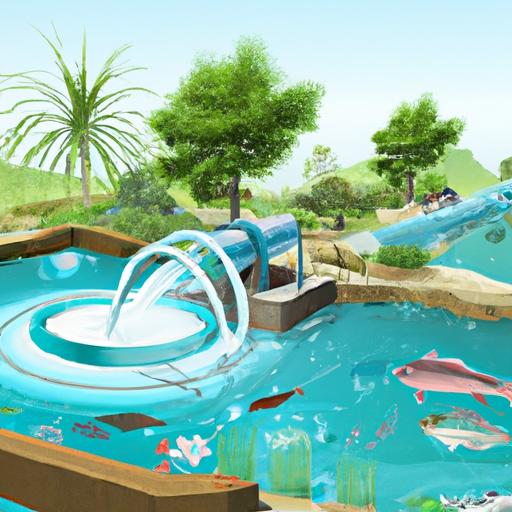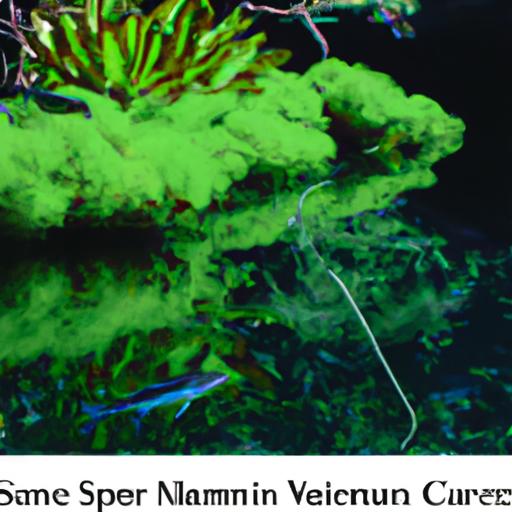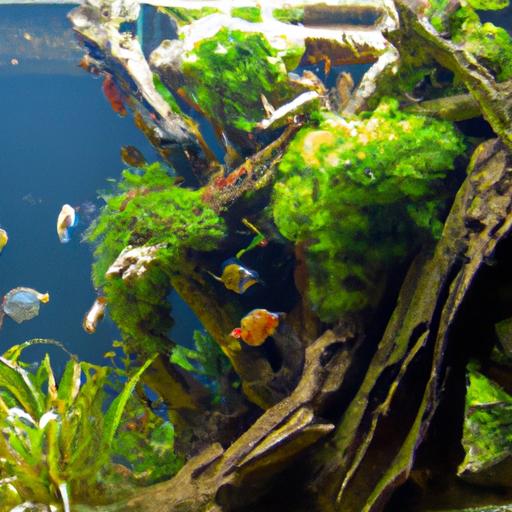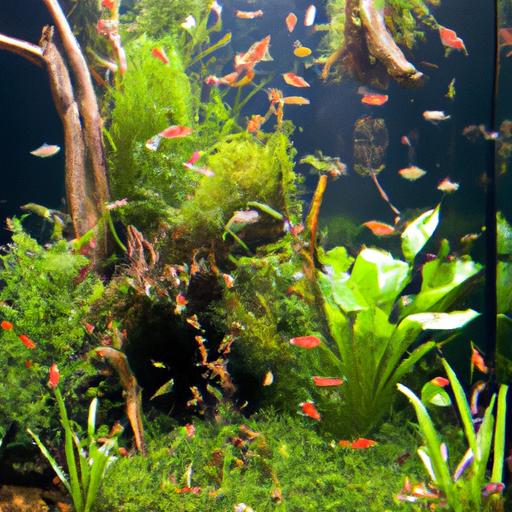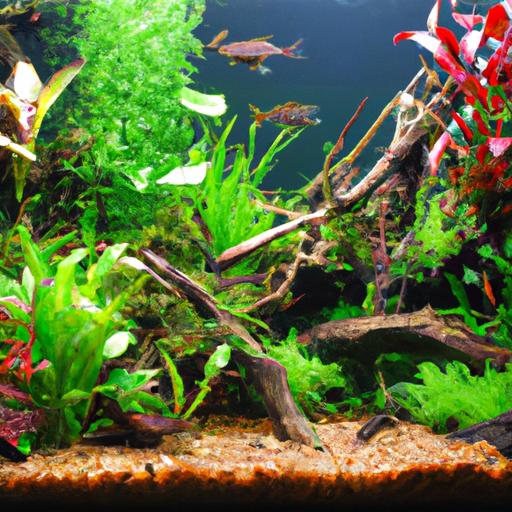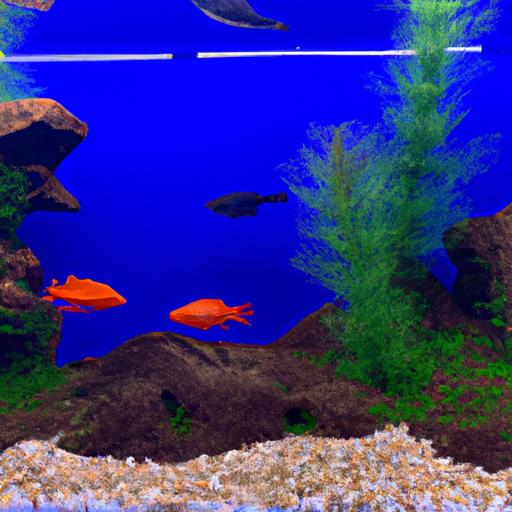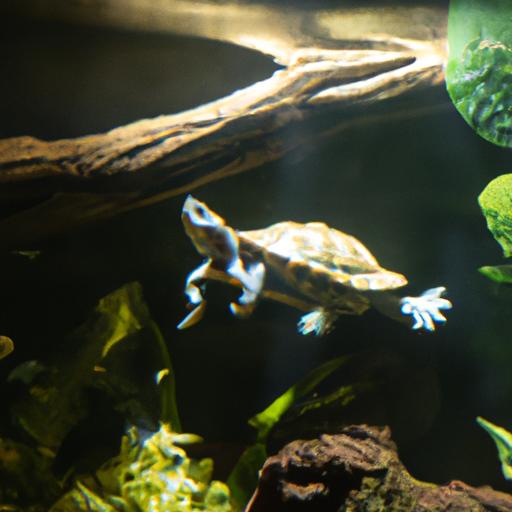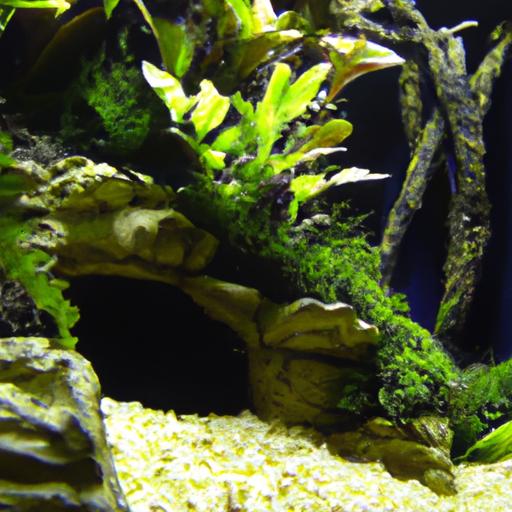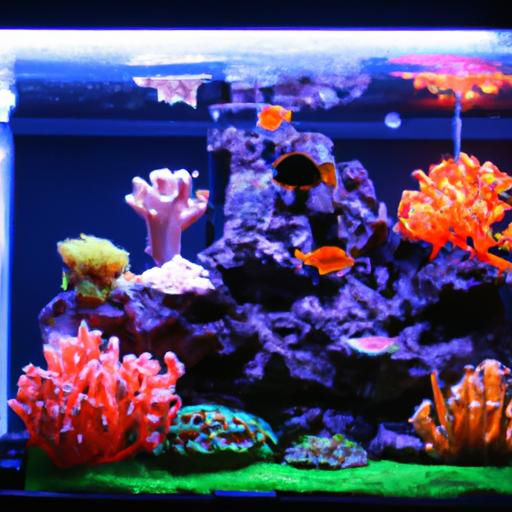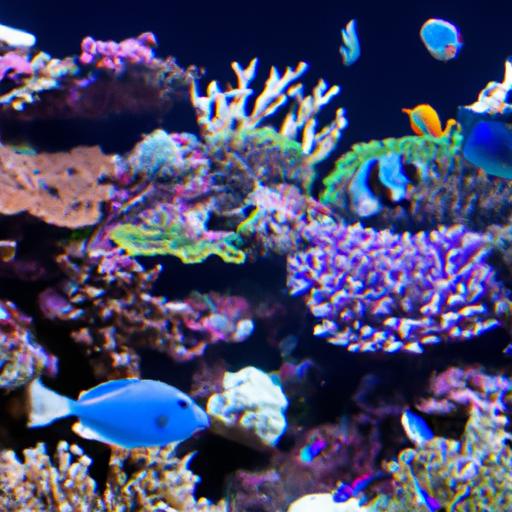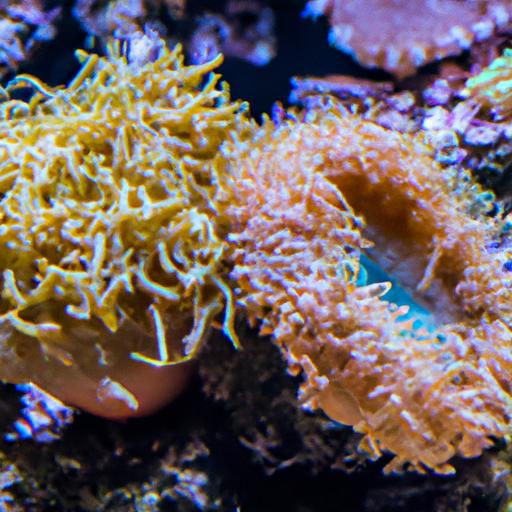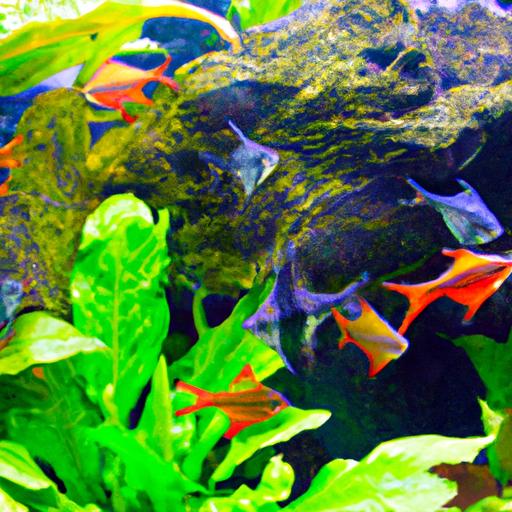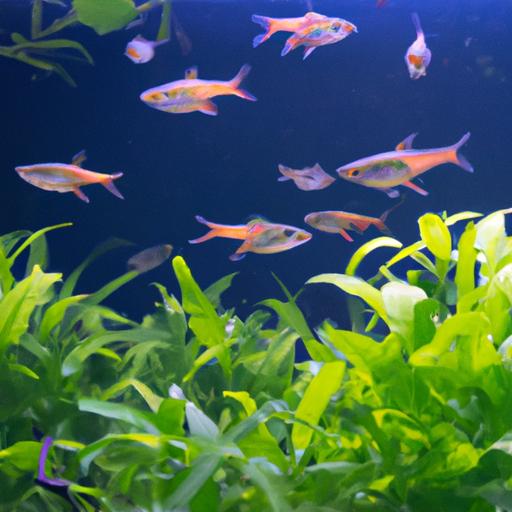
- Home
- Started with Tanks
- Setting Up a Freshwater Planted Rasbora Tank: A Guide to Creating a Serene Aquatic Paradise
Setting Up a Freshwater Planted Rasbora Tank: A Guide to Creating a Serene Aquatic Paradise
Learn how to create a serene aquatic paradise by setting up a freshwater planted Rasbora tank. Follow our guide and bring nature’s beauty into your home.
Welcome to the world of freshwater planted Rasbora tanks, where nature’s beauty and tranquility merge to create a captivating underwater oasis. If you’re an aquarium enthusiast seeking to embark on a rewarding journey of creating a lush and vibrant aquatic environment, you’ve come to the right place. In this comprehensive guide, we’ll walk you through the process of setting up a freshwater planted Rasbora tank, step by step. So, let’s dive in!
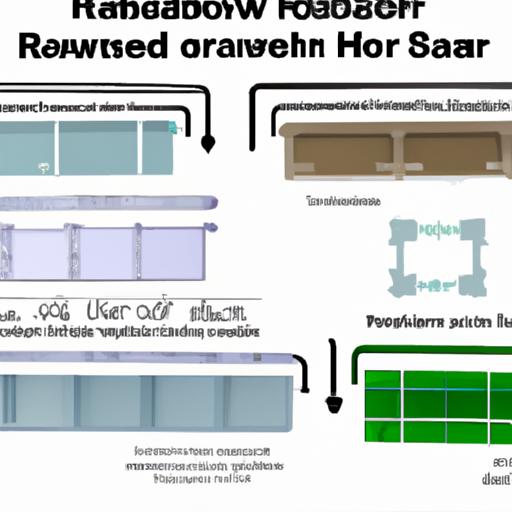
Steps to Setting Up a Freshwater Planted Rasbora Tank
Research and Select Appropriate Rasbora Species
Before diving into the setup process, it’s crucial to research and choose the ideal Rasbora species for your tank. Consider factors such as their compatibility with plants, temperament, and specific care requirements. Some popular Rasbora species suitable for planted tanks include the Harlequin Rasbora, Chili Rasbora, and Galaxy Rasbora.
Plan and Choose the Right Tank Size and Equipment
The size of your tank plays a vital role in the success of your planted Rasbora tank. A larger tank offers more stability and ample space for plant growth. Aim for a tank size of at least 20 gallons to accommodate a thriving ecosystem. Additionally, select the appropriate equipment like a high-quality filter, heater, and lighting system to ensure optimal conditions for your Rasboras and plants.
Select and Prepare Suitable Substrate and Hardscape Materials
Choosing the right substrate and hardscape materials is essential for creating a natural and visually appealing environment. Opt for a nutrient-rich substrate like aquasoil or gravel specifically designed for planted tanks. This will provide a solid foundation for your plants to establish their roots. Enhance the aesthetics by incorporating driftwood, rocks, and other decorative elements as hardscape materials.
Install and Set Up Filtration and Lighting Systems
Proper filtration is crucial for maintaining pristine water conditions in your Rasbora tank. Install a reliable filter that can handle the tank’s volume and efficiently remove impurities. Additionally, invest in a suitable lighting system with adjustable intensity to meet the specific needs of the plants. Adequate lighting is essential for photosynthesis and healthy plant growth.
Introduce Live Plants and Ensure Proper Planting Techniques
Now comes the exciting part – introducing live plants to your Rasbora tank. Select a variety of plant species, including foreground, midground, and background plants, to create depth and visual interest. Before planting, ensure you trim any dead or decaying parts and gently rinse the plants to remove excess debris. Utilize appropriate planting techniques, such as burying the roots in the substrate and providing adequate spacing between plants for optimal growth.
Cycle the Tank to Establish a Stable Nitrogen Cycle
To create a healthy and balanced environment for your Rasboras and plants, it’s crucial to cycle your tank. This process establishes a stable nitrogen cycle, ensuring the conversion of harmful ammonia into less toxic substances. Add a source of ammonia, such as fish food or liquid ammonia, and monitor the levels of ammonia, nitrite, and nitrate using a reliable test kit. The cycling process usually takes a few weeks, but patience is key for a successful setup.
Acclimate and Introduce Rasbora Fish to the Tank
Once the nitrogen cycle is established and water parameters are stable, it’s time to acclimate and introduce your Rasbora fish to their new home. Float the bag containing the Rasboras in the tank to allow them to adjust to the temperature. Afterward, gradually add small amounts of tank water to the bag over a period of time. Finally, release the Rasboras into the tank, ensuring a smooth transition for their well-being.
Frequently Asked Questions (FAQ) about Freshwater Planted Rasbora Tanks
What are the ideal water parameters for Rasboras in a planted tank?
Rasboras thrive in water with temperatures ranging between 75°F and 82°F (24°C-28°C) and a pH level of 6.0 to 7.5. It’s essential to maintain stable water conditions and regularly monitor parameters to ensure the health and well-being of your Rasboras.
How should I maintain the water quality in a planted Rasbora tank?
Regular maintenance is key to preserving water quality in your planted Rasbora tank. Perform routine water changes of 20% to 25% every two weeks, ensuring you treat the new water with a dechlorinator. Additionally, test the water parameters regularly and address any issues promptly to maintain optimal conditions.
Can I keep other fish species with Rasboras in a planted tank?
Rasboras are generally peaceful and can coexist harmoniously with other small, non-aggressive fish species. Consider companions like small Tetras, Corydoras catfish, or dwarf shrimp. However, always research the compatibility and ensure the tank size and parameters meet the requirements of all inhabitants.
What are some common challenges faced in maintaining a planted Rasbora tank?
Algae growth, nutrient imbalances, and plant deficiencies are common challenges in planted Rasbora tanks. To combat algae, maintain a consistent lighting schedule, control nutrient levels, and consider introducing algae-eating species like Siamese algae eaters or Amano shrimp. Regularly dose fertilizers and provide essential nutrients to promote healthy plant growth.
Are there any specific care requirements for Rasboras in a planted tank?
Rasboras are generally hardy and low-maintenance fish. However, ensure they have ample swimming space, a varied diet, and a well-established planted environment that mimics their natural habitat. Regular water testing, feeding schedules, and observation will help ensure the well-being of your Rasboras.
Conclusion
Congratulations on successfully navigating the process of setting up a freshwater planted Rasbora tank! By following the steps outlined in this guide, you’ve created a captivating aquatic paradise that harmoniously blends the beauty of Rasboras with lush live plants. Remember to maintain regular care, monitor water parameters, and provide a nurturing environment for your Rasboras and plants to thrive.
As you continue on this journey, don’t hesitate to explore further possibilities, such as setting up a freshwater planted Rasbora nano tank [^1] or even a community tank featuring Rasboras and other compatible species [^2]. The joy and tranquility of observing your Rasboras gracefully swimming amidst a vibrant underwater garden will undoubtedly be a sight to behold.
Now, it’s time to sit back, relax, and relish the beauty of your freshwater planted Rasbora tank. Happy fishkeeping!
[^1]: Setting Up a Freshwater Planted Rasbora Nano Tank
[^2]: Setting Up a Freshwater Planted Rasbora Nano Community Tank
